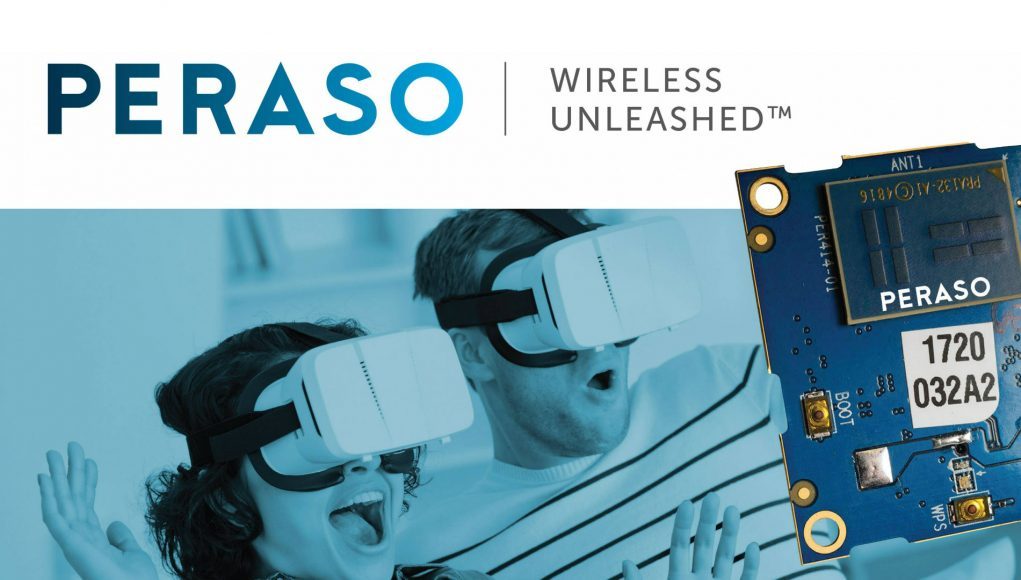Peraso Technologies, a fabless semiconductor company creating mmWave technology and Wireless Gigabit (WiGig) chipsets, announced that it has raised an additional $42 million in its Series D financing round.
Peraso produces WiGig chip solutions for Fixed Wireless Access, a method of wirelessly delivering data between two or more fixed points, in addition to its work in wireless networking and 4K wireless video distribution. Moreover, much like HTC’s Vive Wireless Adapter, which uses a 60 GHz Intel WiGig chipset, Peraso is also focusing on virtual reality using its ‘W’ series 60Ghz WiGig chip.

The latest funding round was co-led by two unspecified “strategic investors” and existing investor Roadmap Capital, bringing Peraso’s total funding to $79.3 million. Its Series D more than doubled its penultimate Series C at $20 million from April 2016, which included investors Roadmap Capital, iNovia Capital, Integrated Device Technology.
“This latest round of funding reaffirms our investors’ confidence in the progress that the company is making and the future for both Peraso and the quickly expanding market for mmWave technology-based products,” said Bill McLean, president and CEO of Peraso. “Raising this capital allows us to take our sales to the next level, especially as an increasing number of consumer electronic and wireless infrastructure manufacturers choose to incorporate multi-gigabit wireless connectivity into their products.”
Peraso’s chipsets are among the first to achieve the Wi-Fi Alliance’s new ‘WiGig Certified’ designation.
“The multi-gigabit speed of WiGig 60 GHz chips allow us to completely rethink technologies still tethered to wires, such as virtual reality, media streaming, wireless back-up and video monitoring,” the company says on their website.







